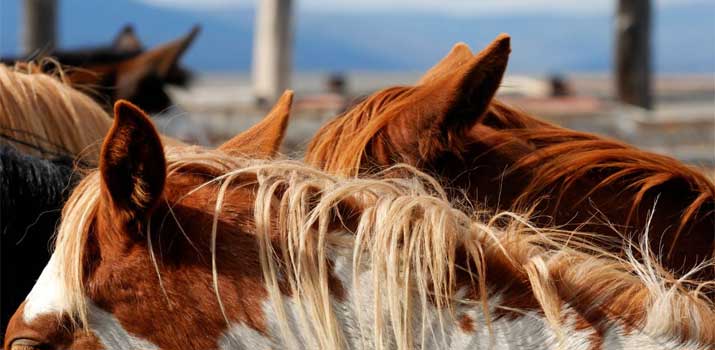
When you think of animals with manes, I’m guessing only one comes to mind… the regal and majestic lion… well, the male of the species, anyway.
However, although male lions do indeed have the most impressive hairdos of all, there are actually a variety of creatures in the animal kingdom that have a luxurious mane, and it’s these hairy beasts I’ll be introducing you to here today!
1. Lions
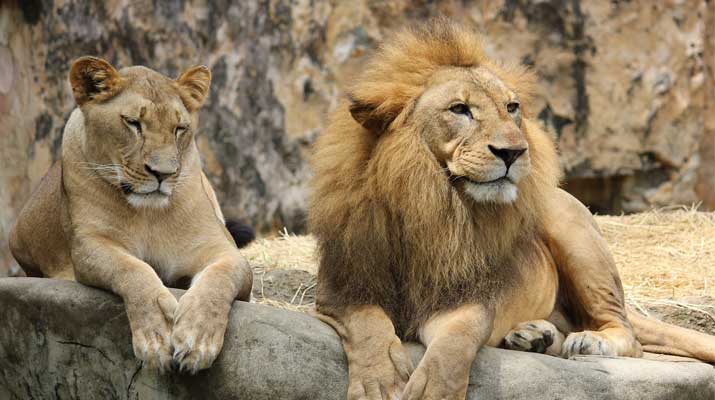
Let’s get the kingly lion out the way first so we can focus on some of the lesser-celebrated maned animals.
Although it seems a rather superfluous feature when compared to their powerful muscles, keen senses, and razor-sharp teeth, the lion’s mane is actually of utmost importance.
Starting to grow as the male lion reaches sexual maturity, their collar of hair becomes a symbol of their virility, and when it comes to lions… size really does matter.
Studies have shown time and time again that lionesses frequently favor lions with more voluminous manes, as this feature is an indicator of high testosterone levels.
What does this mean? Well, more testosterone means a higher sperm count and a more ferocious lion, increasing the chances of conception while also ensuring the male will be capable of protecting the pride.
2. Maned Wolves
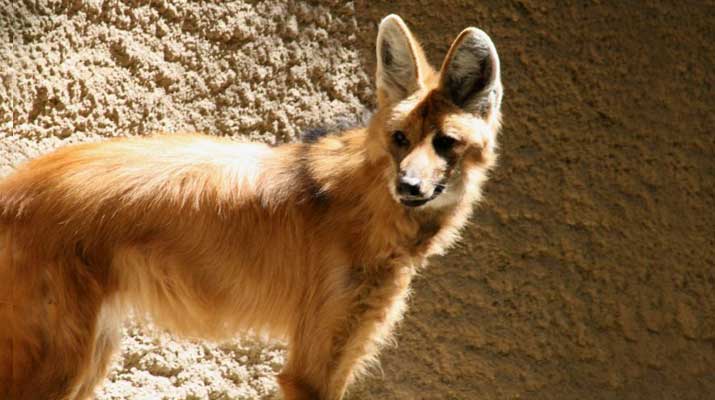
Picture a fox-hyena hybrid and you’re looking at a maned wolf.
These magnificent creatures have long thin legs, slender vulpine faces and bodies, huge ears, and a coal-black mane running from their scruff to just beyond their shoulder blades.
Unlike lions, their manes aren’t a tool to attain sex symbol status. Rather, they’re an erectile feature that can be used to enlarge their profile in order to scare off perceived enemies when they feel threatened.
When they’re calm, their manes will be far less prominent. You may not even notice they have them.
But if danger abounds, the spiky black hairs stand on end, tricking onlookers into thinking they have a larger build.
3. Zebras
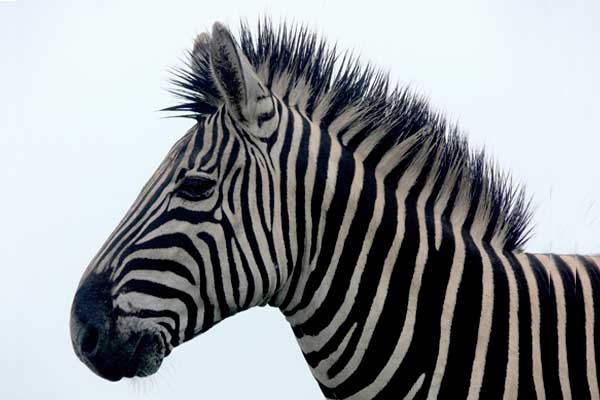
The mane of the zebra may not be as bold and bushy as the mighty lion, but it’s nonetheless one of the most impressive in the entire animal kingdom.
The long, monochrome hairs stand perpetually on end, creating a stark fin of bristles that run from between the ears to the top of the back.
There are a few theories as to why the mane of a zebra stands on end while most horse manes flop to the side, but two in particular seem to have the most credibility.
Firstly, an upright mane allows zebras to stay cool in the scorching climates of their native Africa. And secondly, the spiky mane provides protection against attacks to their most vulnerable area.
4. Maned Sloths
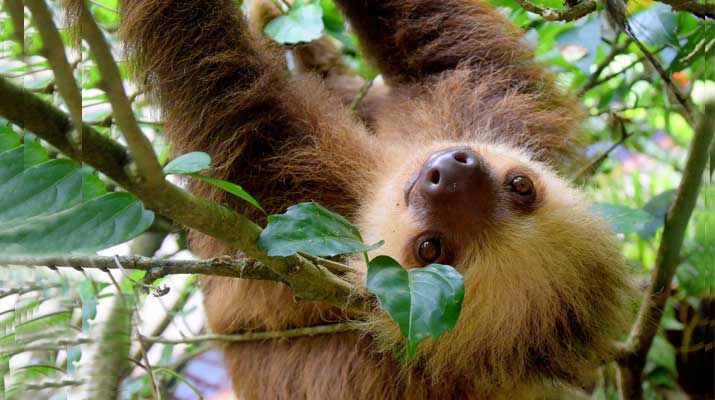
Perhaps one of the most unconventional in the entire animal kingdom, the maned sloth’s mane is jet black and runs down its neck and shoulders, sometimes even onto the back.
As you’d expect, males have slightly longer manes than females of the species.
If you’ve never seen this type of sloth before, it’s because they’re pretty rare, existing only on the East Coast of Brazil.
As female maned sloths are typically larger than their male counterparts, it’s thought that the larger male mane compensates for this fact, helping them to appear healthier and more virile in the eyes of prospective mates.
Mane growth begins when both male and female maned sloths reach sexual maturity, but the mane of some females may only grow into a couple of tufts.
The female mane is also quite pale when compared to that of the male, blending in with the rest of their coat.
5. Giraffes
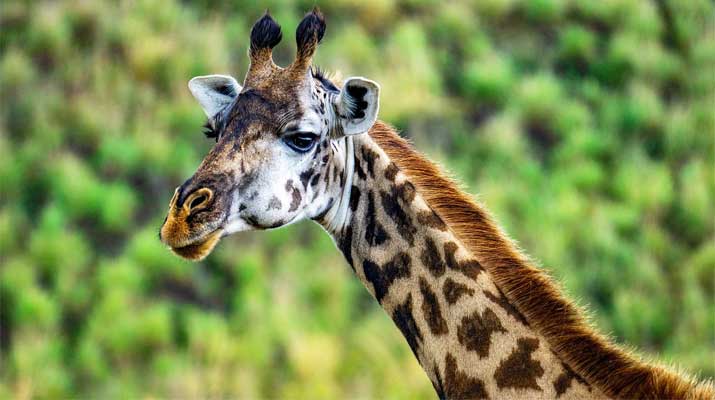
The giraffe is so large that we often don’t really notice its mane, yet, despite it being composed of short hairs, as it travels all the way down their necks, it’s actually the longest mane in the entire animal kingdom.
How long? Well, considering it’s not uncommon for a giraffe’s neck to reach 6 feet in length, it stands to reason that their manes would span a similar distance.
As for the purpose of this lengthy mane, it’s thought to be a means of enhancing camouflage, and perhaps at one point in their evolutionary journey, a means of deterring predators.
Although, as their necks are so long, such a defense is no longer necessary.
By and large, the mane of the giraffe is now just a remnant of bygone days when they had a much shorter frame. It looks cool, though!
6. Wildebeests
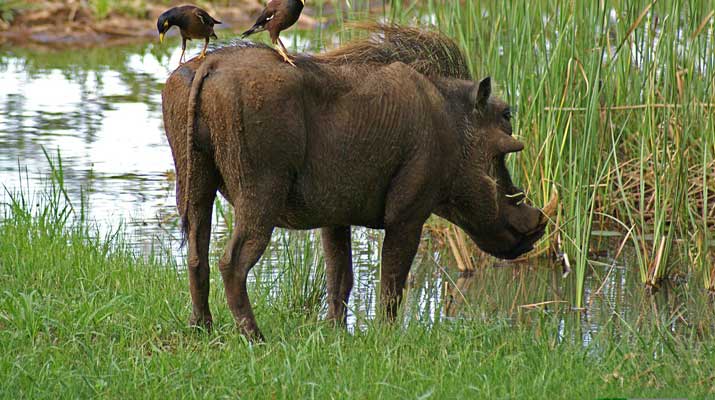
The genus name for wildebeest is Connochaetes, which is an ancient portmanteau abridging the Greek words “kónnos” meaning beard, and “khaítē” meaning mane, so needless to say, these creatures have both.
The beard, of course, is growing under the jaw and on the neck, while the main runs along the back of the neck as far as the shoulder blades.
Wildebeest manes vary from species to species.
For instance, the black wildebeest’s mane is dark-tipped, but the lower shafts of the erect hairs are a more tan shade, while the mane of the blue wildebeest is dark throughout.
Yet, it’s believed that all wildebeest manes serve the same purposes.
One is to facilitate heat dissipation, which is essential for African animals, and the other is to protect against predation in their most vulnerable spot, the back of the neck.
From the front, they can protect themselves with their horns, but if a stealthy predator were to sneak up behind them, without that main, they’d be done for.
7. Wild Horses
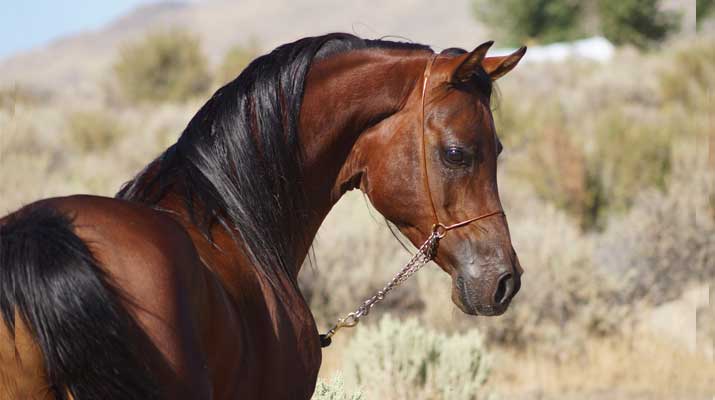
They may be wild, but these horses would sure look at home in a shampoo commercial, as their locks are anything but!
With stunning, long and luxurious hair sprouting from between their ears all the way through to their shoulder blades, these creatures are about as majestic as they come.
As I’m sure you’re aware, domesticated horses also have manes, but rarely are they as long and luscious as those of a wild horse.
This is because domesticated horses no longer need manes, as they’re protected from predators and given shelter from extreme weather.
The manes of wild horses also provide lots of protection against insects by keeping pests away from the sensitive skin around the back of their necks and between their ears.
Domesticated horses still find some use for their manes in this field, but again, they don’t require as much protection as their wild counterparts.
8. Sable Antelopes
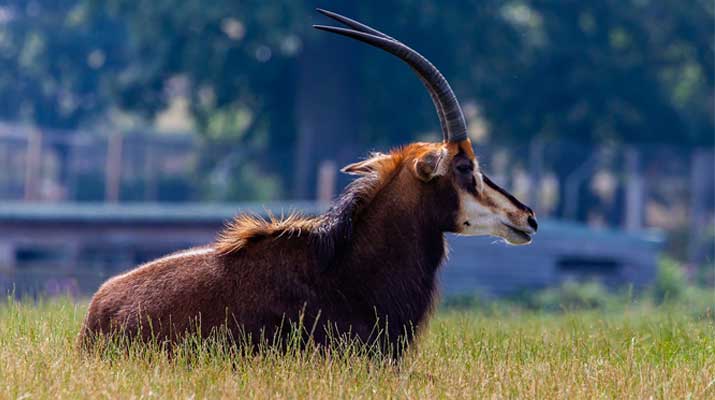
Closely related to wildebeests, it should come as no surprise that sable antelopes also have pretty prominent manes, plural!
Yep, that’s right, folks. Sable antelopes have not one, but two manes, one on their neck, and one on their throat.
The upper mane runs from the back of the head down to the start of the spine and is very similar to that of a roan antelope, in that it’s medium-length and erect.
The throat mane, on the other hand, is shorter and more sparse.
Both are supposed to offer extra protection, preventing predators from biting their neck from behind and their throat from the front.
Is it likely a lion will see those manes and suddenly decide not to pounce? No, but it might make a fatal blow harder to place, thus giving the antelope a chance to escape with its life.
9. Roan Antelopes
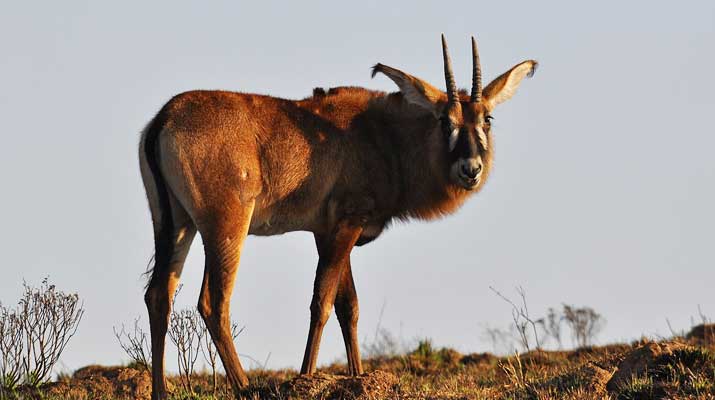
The second-largest African antelope species, the roan antelope cuts a striking profile, complete with a short, spiky mane to make predators think twice about approaching them.
The name “roan” refers to their reddish-brown coat, a coloring that gets deeper towards the tip of its mane hairs.
Its tail is even darker, verging on black to match the shadowy mask of its face, contrasted by small patches of white around the nose and leading up to the horns.
It has the appearance of a goat crossed with a wildebeest and can be found roaming the savannas of West and Central Africa.
10. Bactrian Camels
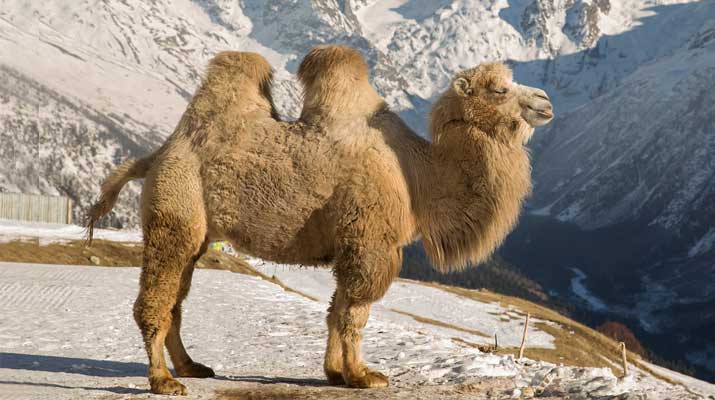
Lions may be the poster animals for gorgeous manes, but in terms of pure length, bactrian camels have them well and truly beat!
In fact, they’ve got every maned animal on the planet beat, as their mane hair can reach an impressive 10” in length.
Paired with their equally thick and long beards, their manes are a spectacle to behold.
They provide protection from sand and extreme cold, which, combined with this animal’s drought resistance and tolerance for high altitudes, is why early domesticated specimens were used to travel the Silk Road.
11. Lion-Tailed Macaques
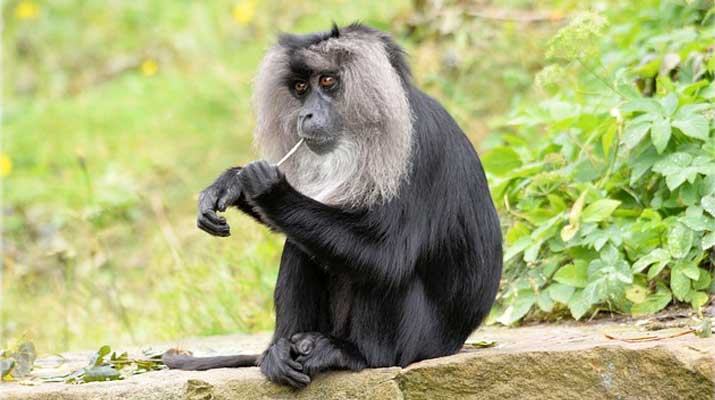
It’s not just the tail these macaques have in common with lions, but their voluminous manes too!
When they reach maturity, both female and male lion-tailed macaques develop a bushy, gray mane that sprouts from their eyebrows and travels all the way around into a thick beard of the same color beneath their chin.
They’re the only monkey on the planet capable of growing a mane, and as it integrates so seamlessly into their beard, they’re known to many as bearded apes.
In fact, their German name, Barteffe, literally translates to “beard ape”.
Final Thoughts
As you now know, manes can be seen throughout the animal kingdom, in all shapes, sizes, and shades — Move over Mufasa, am I right?
